
views
Politics is ingrained in Indian society. Be it caste, language or gender, every group aspires political representation and a stake in political power. Political Matrix will focus on these groups and their aspirations in each state of India and decode their electoral choices.
It is always risky to identify the main trends of political-electoral mobilisation and gauge the undercurrents in advance. But if someone deeply analyses the socio-political changes in society, they may be able to assess the major factors that are shaping and reshaping the electoral mobilisation in Gujarat.
The Assembly election in Gujarat is due this winter; the Bharatiya Janata Party has been in power in the state for 27 years now. But what will happen this year?
It is difficult to answer this question at the moment. But based on my observations, I can say caste chemistry and Narendra Modi are set to emerge as the main electoral plank for the ruling party in election 2022. The Hindutva consciousness and the development aspiration may provide the canvas for caste chemistry and the Modi factor to work.
The caste arithmetic will be forged by political parties by assuring political representation and a share in the power to the politically influential caste and social groups. The caste that acquires capacity to aspire for political power through its numbers, educational mobility, up-and-coming leaders from the community and political awareness participates in Indian politics to show its electoral presence and might. Like other Indian states, caste matters a lot in Gujarat as well.
The caste profile of Gujarat society can be divided into Other Backward Classes – Koli and Thakor accounting for nearly 22 per cent and others 20 per cent – Patidars (nearly 15 per cent), Scheduled Tribes (nearly 16 per cent), Scheduled Castes (7 per cent), Muslims (10 per cent) and others (10 per cent).
The Powerful Patidars
Of this, Patidars have emerged as the most politically influential community in Gujarat. This community has produced prominent leaders like Sardar Vallabhbhai Patel, Keshubhai Patel, Chimanbhai Patel, Anandiben Patel and very recently youth leader Hardik Patel.
The Patidars acquired capacity to aspire for political participation much earlier than others due to three reasons. First, it is a land holding community; second, it also made a rapid shift towards dhandha (business) in the past few decades; and third, it built a strong and vibrant diaspora in the post-Independence period. Due to these factors, Patidars evolved as an economically strong community, which in turn gave them the political leverage. The diaspora also provided Patidars with both money and exposure, empowering them to become politically influential.
The importance of Patidars in Gujarat politics became more obvious when the Bharatiya Janata Party made Bhupendra Patel the chief minister of Gujarat, a year before the state elections. This caste has remained key to the politics of both the BJP and the Congress in Gujarat. A community that has acquired wealth by shifting from agriculture to dhandha, Patidars have gravitated towards the BJP. The party has expanded its base among Patidars by offering them representation and a share in power.
BJP-RSS Outreach to Other Groups
It is interesting to observe that the OBC cluster in Gujarat is the largest in terms of numbers, but because the different castes and social groups within this cluster could not work collectively, they have not yet evolved as an influential political force.
However, in the last few decades, some small social communities among the OBC category such as the sonars (goldsmiths), lohars (ironsmiths) and masons have become politically aware and have started asserting themselves as a bloc, demanding their share in power.
Many of them feel proud to see Narendra Modi, someone from their community, as the leader of the country. Further, the Hindutva consciousness among them has become pronounced due to the mobilising efforts of the Rashtriya Swayamsevak Sangh-led social-cultural campaign. Not only among OBCs, but even among Dalits, the RSS has expanded its reach and along with it the Hindutva consciousness – including among communities like cobblers, sweepers and other SC groups.
Thus, the BJP is reaching out to castes and social communities in Gujarat in three ways – giving them political representation; making them aspirational, especially focusing on the small and marginalised social groups; and raising Hindutva consciousness among them.
The constant weakening of the social roots of the Congress has also led to many social groups shifting towards the BJP. But now via multiple mobilisational efforts, the Aam Aadmi Party (AAP) is slowly emerging as the third pole in the state politics and also an alternative for many politically aspiring social groups. Youngsters from various social groups who could not find a place in the BJP or the Congress may see the AAP as a possibility. Evidently, the AAP in recent past has gained influence in regions like Saurashtra and South Gujarat.
Till now, the BJP has been successful in mobilising the largest number of caste and social groups in Gujarat in its favour. It appears the party is going to enter the fray with the largest social alliance. But the support of this social alliance will depend on the ticket distribution ahead of the election. Let’s see how the political parties in their bid for power balance various competing and contesting social groups and castes ahead of the 2022 Gujarat Assembly election.
Badri Narayan is Professor and Director at GB Pant Social Science Institute, Prayagraj, and author of ‘Republic of Hindutva’. The views expressed in this article are those of the author and do not represent the stand of this publication.
Read all the Latest Opinions here












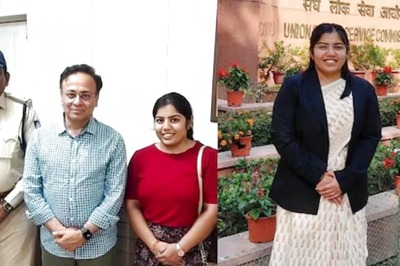

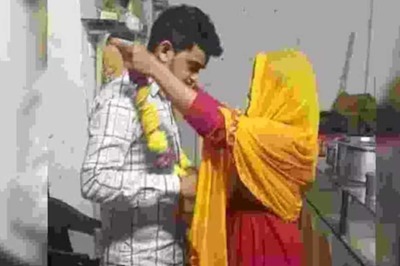

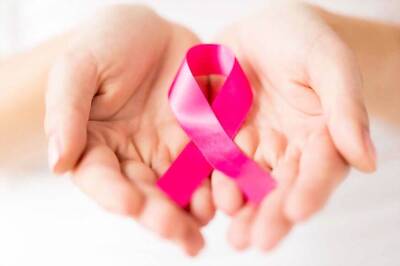
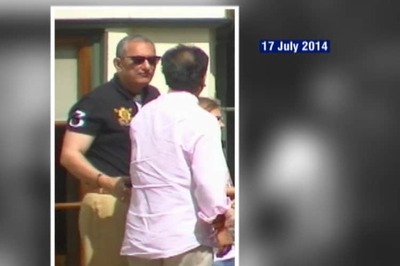

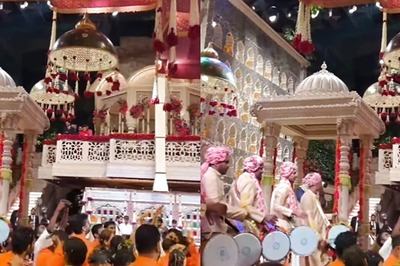
Comments
0 comment